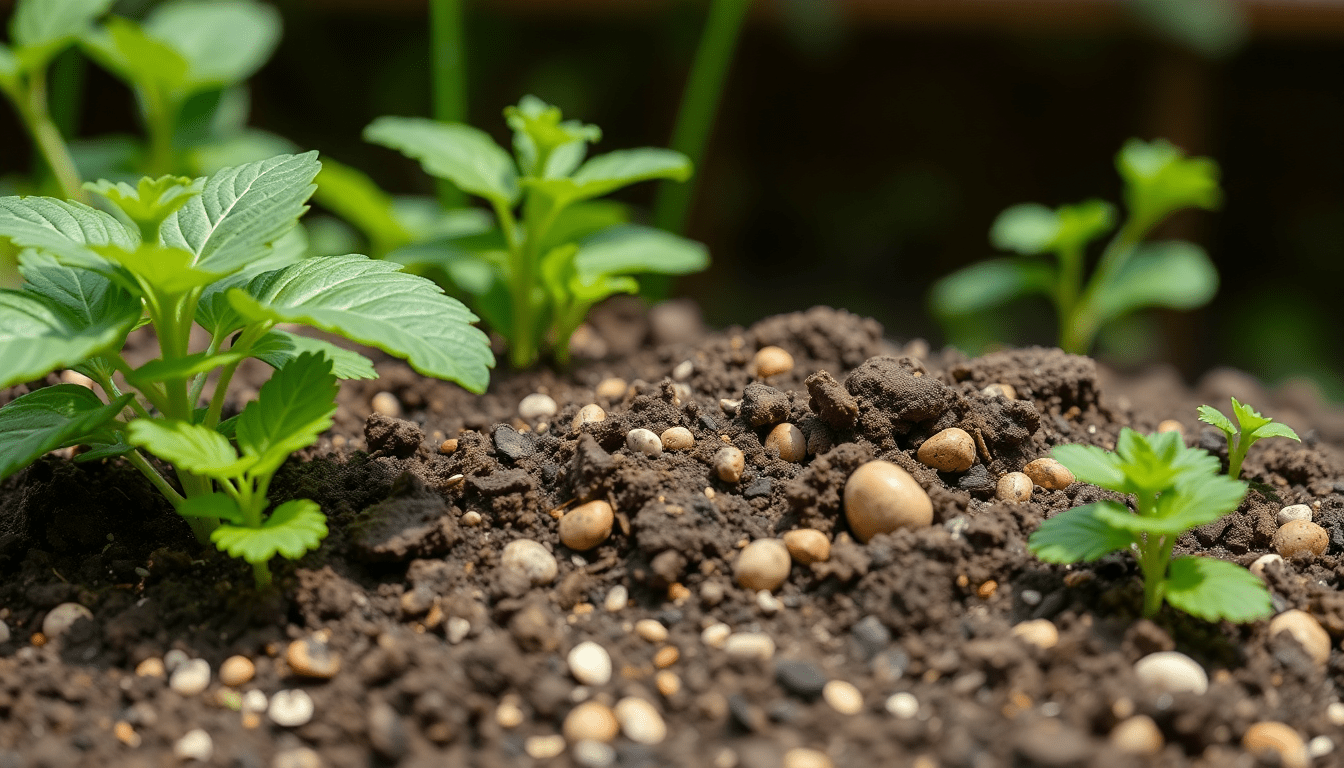
The Soil-Human Health Microbiome Continuum: Linking Soil Biodiversity and Wellness
The Soil‑Human Health Continuum: A Science Perspective on Shared Microbes
The soil-human health microbiome continuum reveals an incredible connection between the earth beneath our feet and our own wellbeing. Microbes found in soil and in our bodies don’t exist separately—they interact and often overlap. Understanding these shared microbes can transform how we care for our health and the environment. This science perspective explores the vital links between soil microbes and human health.
Understanding the Soil-Human Health Microbiome Continuum
The soil-human health microbiome continuum refers to the continuous flow and sharing of microbial life between soil environments and humans. Soil is home to billions of microorganisms, forming diverse communities known as soil microbial communities. These microbes influence not only soil fertility and plant growth but also human health through various pathways.
Microbial communities connect soil and human health as they move across natural boundaries. For example, microbes from soil can enter the human microbiome via food, water, or even direct contact. Once inside the body, these organisms can impact digestion, immunity, and overall wellness. Recognizing this continuum allows researchers and health professionals to consider the environment as part of human health.
The One Health Microbiome Framework Explained
The One Health microbiome framework is a holistic approach that links human, animal, and environmental health through shared microbial ecosystems. Its goal is to better understand how microbes influence health across different compartments like soil, plants, animals, and humans.
This framework emphasizes that improving human health requires managing the environment and its microbial communities. By considering these shared microbes, we can develop strategies that promote health in all systems simultaneously. The One Health microbiome framework pushes for collaboration between disciplines to tackle challenges like disease and ecosystem degradation.
Cross-Compartment Microbial Linkages
Microbes have a remarkable ability to move between soil, plants, animals, and humans. This movement creates cross-compartment microbial linkages that influence health across different living systems. For example, beneficial bacteria in soil support plant growth, which then nourishes animals and humans eating those plants.
Some microbial species are common across compartments. Certain soil bacteria can colonize human guts and support digestion and immunity. Others may travel from animals or plants to humans, impacting health positively or negatively. Understanding these linkages helps identify how environment and lifestyle affect microbiomes and overall health.
Soil Microbial Communities and Their Functions
Soil microbial communities consist of bacteria, fungi, viruses, and other microorganisms. These tiny organisms play essential roles in breaking down organic matter, cycling nutrients, and suppressing pathogens. Together, they maintain ecosystem balance and soil health.
These microbial functions directly benefit humans by supporting clean water, fertile land, and healthy crops. Without diverse and active soil microbes, ecosystems become less resilient, and our food systems weaker. Maintaining robust soil microbial communities is crucial for environmental stability and human nutrition.
Benefits of Soil Biodiversity for Human Health
Soil biodiversity benefits human health in surprising ways. Diverse soil microbes contribute to better gut microbiome composition when we encounter or consume plant-based foods grown in rich soil. They can boost immunity, improve digestion, and even affect mental wellbeing.
This link between soil biodiversity and the human microbiome forms a key part of personalized health advice, like the kind InnerBuddies offers through its microbiome test. By understanding your unique gut microbial profile, you can take steps that align with natural soil-human microbial connections to promote wellness.
Practical Steps to Support the Soil-Human Microbiome Continuum
Supporting soil biodiversity is essential for maintaining this continuum. Practices such as reducing chemical use, encouraging organic farming, and planting diverse crops help build healthy soil microbial communities. Composting and protecting green spaces also contribute.
On a personal level, improving your microbiome health involves eating a varied diet rich in fiber and natural produce. Spending time outdoors and engaging with natural environments can expose you to beneficial microbes as well. Testing your microbiome with tools like InnerBuddies helps guide these health choices in a personalized way.
Conclusion
The soil-human health microbiome continuum is a vital concept that shows how our health depends on the tiny shared life forms connecting us with the earth. Through frameworks like One Health and an appreciation for cross-compartment microbial linkages, we see that protecting soil biodiversity supports both ecosystems and human wellbeing.
Taking practical steps to nurture this continuum can improve gut health, immunity, and overall quality of life. Discover your unique microbiome with InnerBuddies and start your journey toward better health grounded in the science of our shared microbes.

